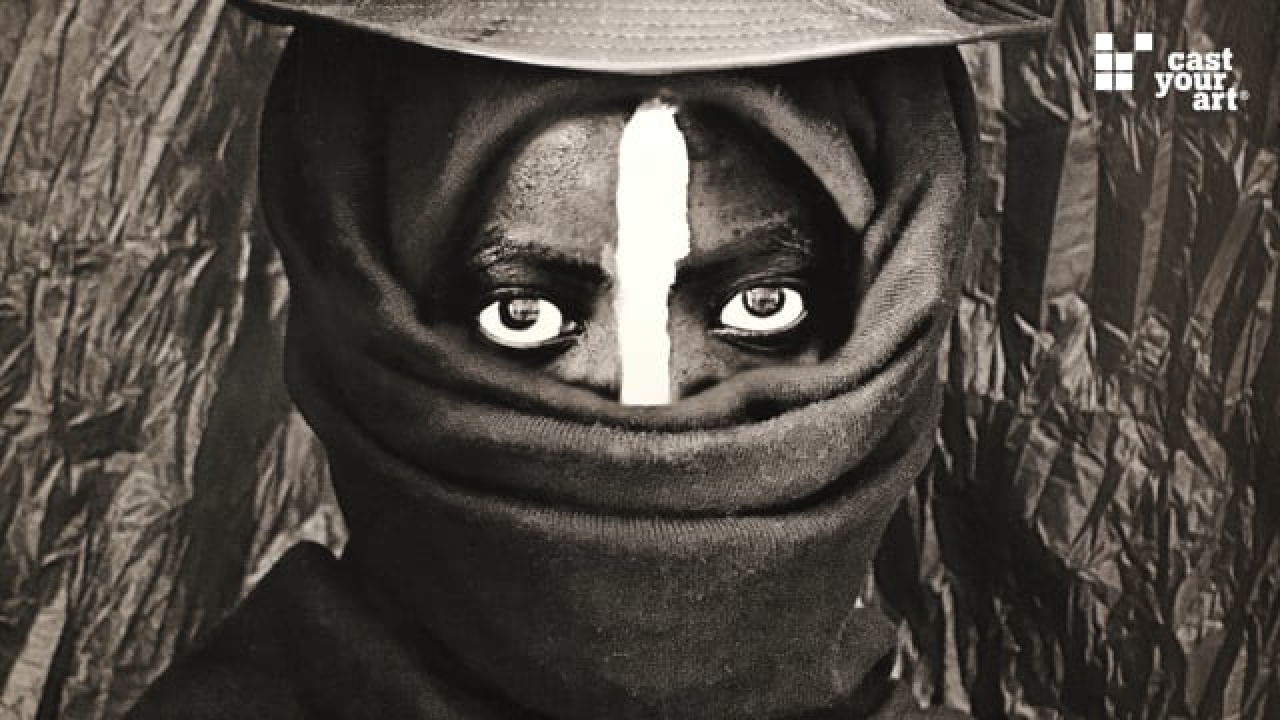SUBURBIA. On the Cultural and Spatial Legacy of the Single-Family House
Suburbia is more than a place. It is a projection surface for ideals, anxieties, and contradictions. With its tidy lawns, pitched roofs, and private driveways, the single-family house embodies one of the most powerful spatial myths of the 20th century: the promise of autonomy, prosperity, and control over one’s own slice of the world. But what happens when that promise falters – ecologically, socially, and economically?
The exhibition Suburbia, a collaboration between the CCCB in Barcelona and the Architekturzentrum Wien, traces the transnational history and contested present of the single-family house, using the tools of architecture, art, cultural analysis, and everyday storytelling. The accompanying film takes viewers inside this carefully curated space, offering a nuanced and multi-layered look at one of the most emotionally and ideologically charged topics in contemporary urban discourse.
The narrative begins in North America, where post-war suburbanization reshaped landscapes and identities. Here, suburbia became synonymous with the “American Dream” – but it was a dream not equally accessible to all. Exclusion along racial, class, and gender lines was written into the spatial logic of the suburbs, as curator Philipp Engel explains. Suburbia was also a political project: the product of federal housing policy, automobile dependency, and the valorization of the nuclear family as a societal norm. The suburbs were places of longing, but also of restriction – especially for women, whose roles were often reduced to that of the domestic “angel of the house.”
Austria’s suburban story follows a different, yet no less complex, trajectory. As the curators from the Architekturzentrum Wien outline, Austria remained for decades a nation of individual builders – of “Häuselbauer” – where personal labor and modest materials shaped a dispersed but deeply embedded housing culture. Only in recent decades has a market for prefabricated homes and large-scale developer-led projects begun to alter the traditional image of the Austrian single-family house. Yet even today, the model persists with remarkable tenacity, raising pressing questions: Does it still fit our social realities? Can we afford to keep building like this – in terms of land use, climate impact, and social cohesion?
This is where the exhibition becomes not only a historical inquiry, but also a call for rethinking. A dedicated section of Suburbia explores the challenges and opportunities of transforming existing single-family homes: increasing density, adapting them to new forms of collective living, or converting them for public use. Thirteen architectural and community-based projects show what is possible when inherited spaces are approached with creativity and responsibility. They address not only the physical structures, but the deeper cultural narratives that need reworking – narratives about ownership, belonging, and what it means to live well together.
At the heart of the exhibition is a central tension: between the emotional weight of the single-family house as a site of memory, intimacy, and aspiration – and the urgent need to rethink its role in a society facing climate crisis, demographic change, and rising inequality. For many, the house is still a dream. For others, it has become a burden – financially, spatially, or emotionally. Nearly half of Austria’s existing single-family homes are now inhabited by no more than two people, while mortgage terms increasingly outlast marriages. What future lies ahead for this housing form, and what new imaginaries can emerge from it?
Suburbia is not an exhibition that provides easy solutions, it is an invitation to examine our built environments more critically, to confront the cultural codes they carry, and to imagine how these spaces – so often taken for granted – might be reshaped for a more inclusive, sustainable future.
https://www.azw.atDas könnte Sie auch interessieren

Rita Nowak - Tableaux Vivants
28. May 2008
ASSEMBLE. Wie wir bauen, im Architekturzentrum Wien
12. June 2017
Edgar Lissel - On the rise and fall of images
18. November 2009
Frida Kahlo - PAINting
31. August 0000
20 YEARS OF THE VERBUND COLLECTION. A celebration show at the Albertina museum
18. March 2024
Remastered: Film
18. January 2018
Jakob Gasteiger - Abstract Painting Now!
11. September 2017
